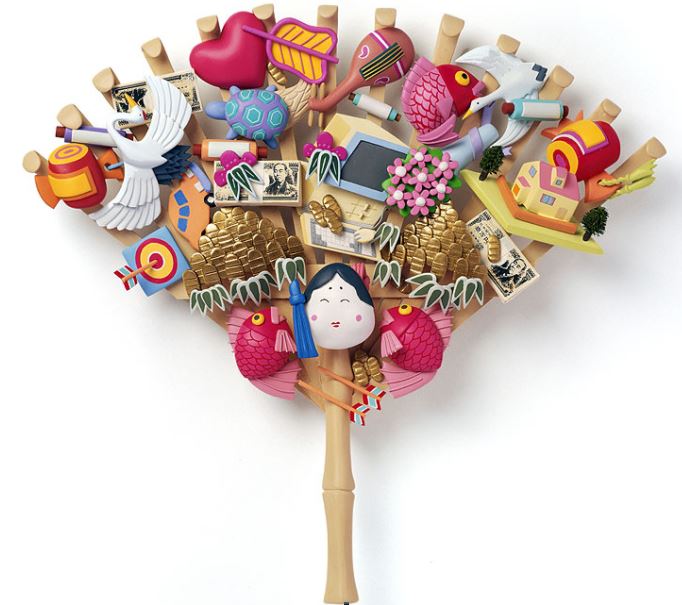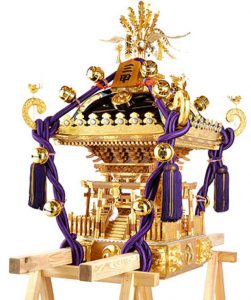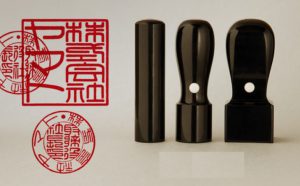Kumade and Engi-Kumade
Kumade and Engi-Kumade
Kumade as a Farm Tool
Kumade as a farm tool
Kumade is used for a variety of purposes, such as collecting dead leaves, raking hay, and softening and leveling the soil.
Modern rakes have teeth made of steel, plastic, or other materials, but in the past, some rakes were made of wood or cast iron. The handle is often made of bamboo or metal pipe. Traditional rakes, such as those made of bamboo, are sometimes made in the shape of a fan with long teeth.
Huge rakes, which are classified as agricultural machines, have rods with curved steel teeth mounted on wheels and are towed by a tractor. This type of rake has been around since the days of the farm horse, before the development of agricultural machinery.
Kumade as a good luck charm

Engi Kumade
In Japan, kumade are sometimes displayed as good luck charms to promote business prosperity, with the meaning of "gathering" good luck and money.
They are called "Engi-Kumade," or an ornamented garden rake and they are sold at the tori-no-ichi held at various shrines in November, this bamboo rake is believed to gather in good luck for the coming year. Traditional symbols of good fortune---tai (sea bream) and masks of lucky gods; of prosperity, gold coins and ripe ears of rice; and of longevity, the tortoise and crane—as well as other charms decorate kumade. The favorite of merchants’ kumade are also often ornamented with replicas of rolled books believed to contain various secrets of business success. These ornamental rakes are rarely seen in big companies, but they are often displayed in small shops. This is another Japanese business custom.
It is believed that buying a bigger rake than the previous year's one every year will lead to prosperity.
- Categories
- Work in Japan: Japan Biz Cultural Words and 未分類


